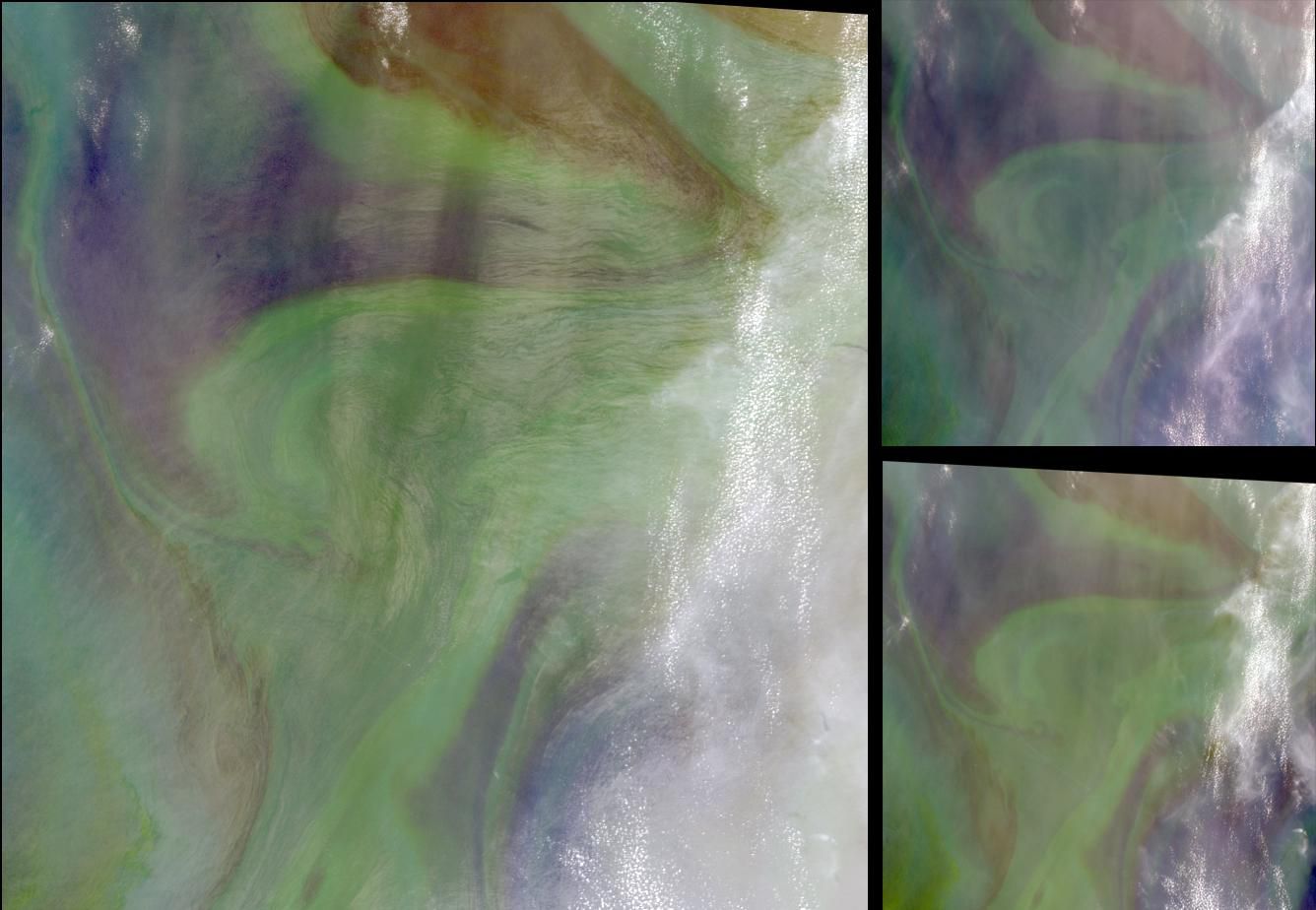-
 Osteoblast
Osteoblast
-
 Interambulacrum
Interambulacrum
-
 Noctilucent cloud
Noctilucent cloud
-
 Colloidal aggregate
Colloidal aggregate
-
 Cheilio
Cheilio
-
 Placode
Placode
-
 Vigabatrin
Vigabatrin
-
 ECC
ECC
-
 Galactan
Galactan
-
 Cochlear implant
Cochlear implant
-
 Anti-oxidant
Anti-oxidant
-
 Zooxanthella
Zooxanthella
-
 Gluconeogenesis
Gluconeogenesis
-
 IP address
IP address
-
 BitTorrent Tracker
BitTorrent Tracker
-
 Dew
Dew
-
 Achlorhydria
Achlorhydria
-
 RSA
RSA
-
 Exotoxin
Exotoxin
-
 Schistosomiasis
Schistosomiasis
-
 Mesothermal deposit
Mesothermal deposit
-
 Molecular clock
Molecular clock
-
 Magnetic permeability
Magnetic permeability
-
 Nodule
Nodule
-
 Comma
Comma
-
 Polyethylene
Polyethylene
-
 Side effects (Secondary effects)
Side effects (Secondary effects)
-
 Argilite
Argilite
-
 Zoonosis
Zoonosis
-
 Ultrasound
Ultrasound
Ocean fertilisation
Ocean fertilisation using iron is a geo-engineering technique that aims to artificially stimulate the biological carbon pump.
Principle of ocean fertilisation
This technique consists in seeding zones of the oceans that are low in biomass with nutrients to limit the development of this biomass. Iron is used most often. During experiments, boats have therefore poured tonnes of iron into these areas to cause an efflorescence of phytoplankton.
These organisms are supposed to bind CO2 by photosynthesis and transfer it towards the ocean depths by sedimentation of the organic matter, similar to what occurs in oceanic zones that are rich in biomass. The theory is that the fertilisation operation thus stimulates the biological carbon pump where it is not very active.
Questions on this technique
However, as with most geo-engineering attempts, the economic feasibility and effectiveness of this technique are uncertain, as are its side effects on ecosystems and the environment.
 A phytoplankton bloom resulting from the natural fertilisation of the Oman Sea by sandstorms rich in iron. © Nasa / GSFC / LaRC / JPL, MISR Team
A phytoplankton bloom resulting from the natural fertilisation of the Oman Sea by sandstorms rich in iron. © Nasa / GSFC / LaRC / JPL, MISR Team
Latest
Fill out my online form.



